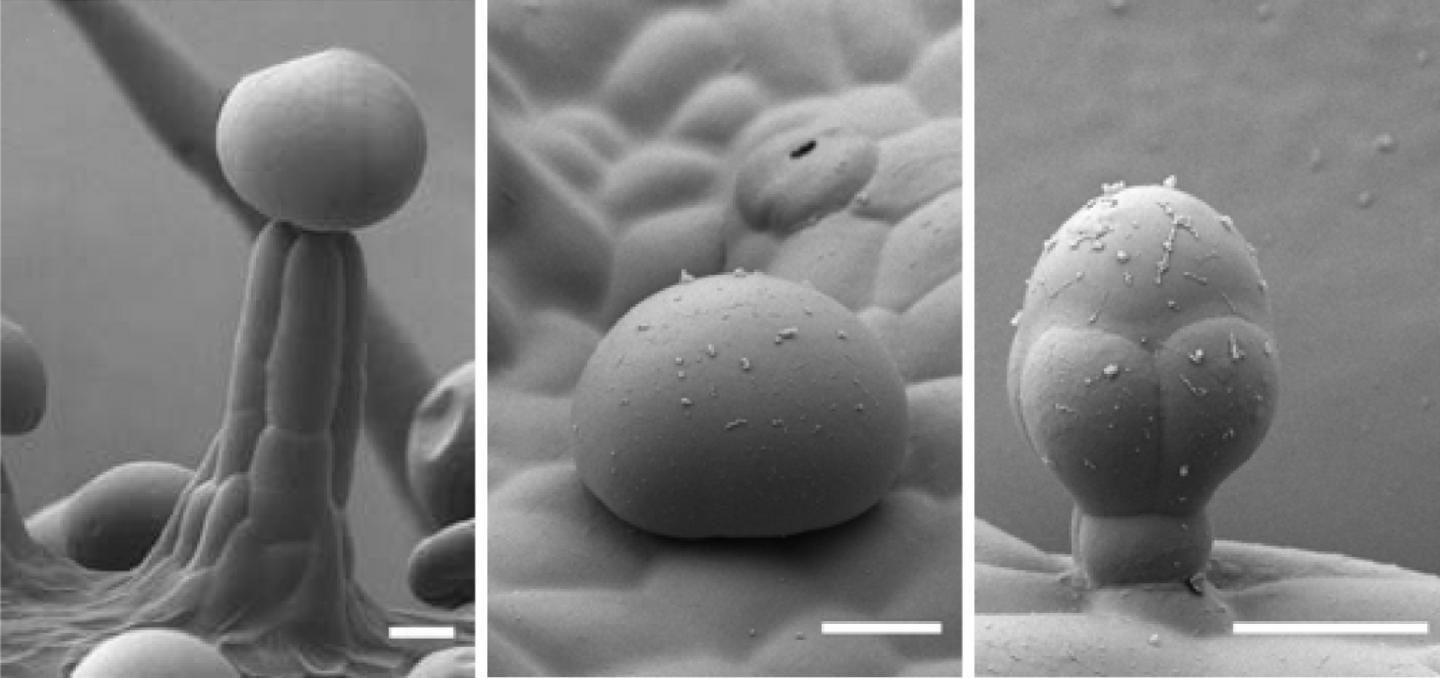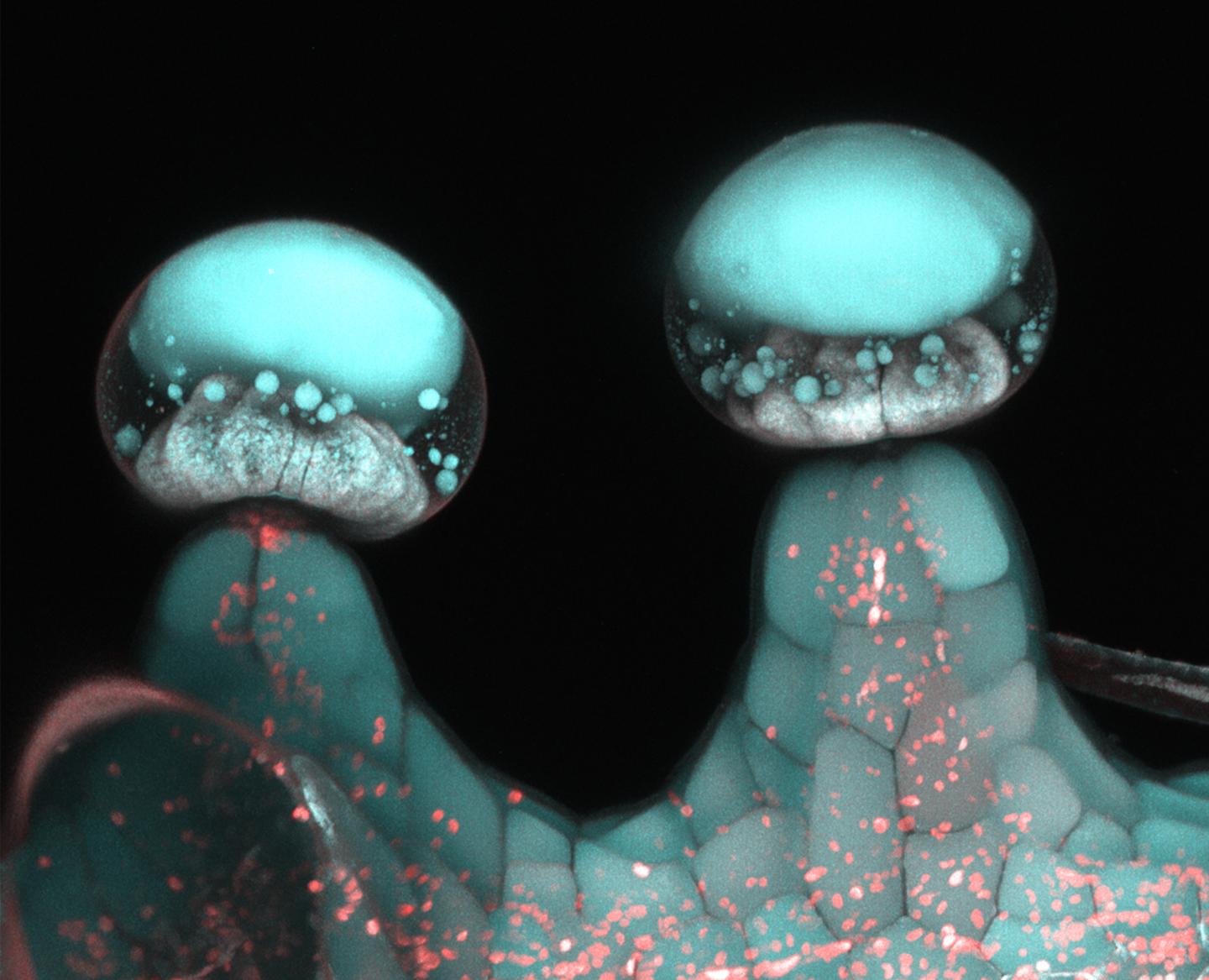Ever wondered what cannabis looks like up close and personal? This study has you covered, revealing what the plant looks like under a microscope.
Not only has the research created some imagery fit for a stoner’s phone background, but it’s also provided some insights into the structures that help give cannabis its psychoactive properties and characteristic fragrance.
Botanists from the University of British Columbia (UBC) used a combination of advanced microscopy techniques and chemical profiling on a variety of Cannabis sativa called “Finola”.
Their findings confirm that tiny hair-like structures found on the plant, especially those that were fat and mushroom-shaped, are the richest source of sticky resins containing tetrahydrocannabinol (THC) and cannabidiol (CBD). These structures, technically known as trichomes, are also the main source of the plant’s scent-giving components, called terpenes.
“Trichomes are the biochemical factories of the cannabis plant and this study is the foundation for understanding how they make and store their valuable products,” co-lead author Teagen Quilichini, a postdoctoral fellow at UBC botany and Anandia Laboratories Inc said in a statement.
There are three known types of glandular trichomes (image below) found on the cannabis plant – stalked, sessile, and bulbous – but it’s previously remained unclear what different role each structure serves.

L to R: Stalked, sessile, and bulbous glandular trichomes of cannabis plant.
Image credit: Samuels Lab/UBC
This lack of knowledge is, in part, due to the plant being illegal for much of recent history. However, thanks to the relaxation of the laws in parts of North America, combined with the economic value of the plant, more scientific research about it is being funded.
“We saw that stalked glandular trichomes have expanded ‘cellular factories’ to make more cannabinoids and fragrant terpenes,” co-lead author Sam Livingston, a PhD candidate at UBC botany, explained. “We also found that they grow from sessile-like precursors and undergo a dramatic shift during development that can be visualized using new microscopy tools.”
They also used gene expression analysis to investigate the genes that play a role in the production of these prized biochemical products. It revealed that stalked trichomes produced the most terpenes and cannabinoids.
Each stalked trichome – which can be seen as bright blue in the images – had between 12 and 16 “pie-shaped” disc cells that appear to secrete the sticky, cannabinoid-soaked resin. The smaller sessile trichomes – which appear red – had smaller secretory discs and appeared to produce fewer fragrant terpenes.

Multiphoton microscopy image of stalked glandular trichome.
Image credit: Samuels Lab/UBC
“We found a treasure trove of genes that support the production of cannabinoids and terpenes,” said principal investigator Anne Lacey Samuels, a botany professor at UBC.
“Trichomes store the metabolites in their cell walls and what’s really astounding is that such high levels of product should be toxic to the cells, so we want to understand how they manage this,” Livingston added.
The study is published in The Plant Journal.
An earlier version of this article was published in October 2019.
Source Link: This Is What Cannabis Looks Like Under A Microscope – You Might Be Surprised